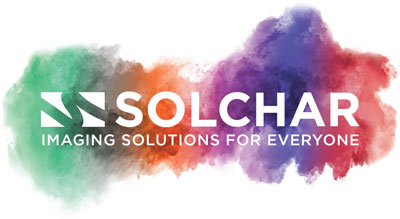Cheque imaging is set to revolutionise the way banks process cheques, while enabling businesses to improves processing times and cash flow.
The current model for clearing cheques is evidently out of date in the digital age. With emerging efficient electronic payment methods over the past few decades, cheque use is in decline. At its peak in 1990 about four billion cheques were processed, while only approximately 450 million per annum today.
Cheque imaging will drastically speed up clearing times, introducing efficiencies in cheque clearing and processing.
What is cheque imaging?
Cheque imaging was implement ed into US through the Cheque 21 Act, which allows the recipient of an original paper cheque to create a digital version, also known as cheque truncation. The digital version represents a legal copy of the original physical cheque, eliminating further handling of the paper version.
Cheque imaging enables banks and building societies to serve customers with innovative new services. For instance, through mobile banking smartphone applications, customers may be able to photograph cheques and pay them in electronically. And electronic scanners within bank branches maybe suitable for those visiting banks without smartphones to deposit cheques.
What’s happening in the UK?
The UK has been slightly behind the curve, as banks resisted changes that would legally undermine their right to see cheques before accepting them. However, the government now backs cheque imaging.
The government has proposed amendments to the existing legislation that blocks banks from instituting a cheque imaging model. Banks and building societies will still be able to continue with the current paper system, but relevant institutions must have some means of accepting cheque images thereafter.
Currently we expect the implementation of this legislation will be in the first half of 2016.
What does this mean for businesses?
Cheque imaging will speed up the clearing cycle, so businesses can receive cheque payments quicker. The UK Treasury says cheque truncation will cut processing times from six days to two days. This will enable businesses to better manage cash flow.
Cheque imaging will be particularly helpful to businesses that receive high volumes of cheque payments. This maybe because many of their customers are elderly people who have not adopted electronic payment methods due to limited computer literacy, or those in rural areas with limited Internet access.
In the long-term, these legal changes may slow the cheque abandonment tide. Therefore making cheque payments a more tenable payment method again.
On the whole, cheque imaging is an important evolution of a payment method that is still vital to UK businesses.

